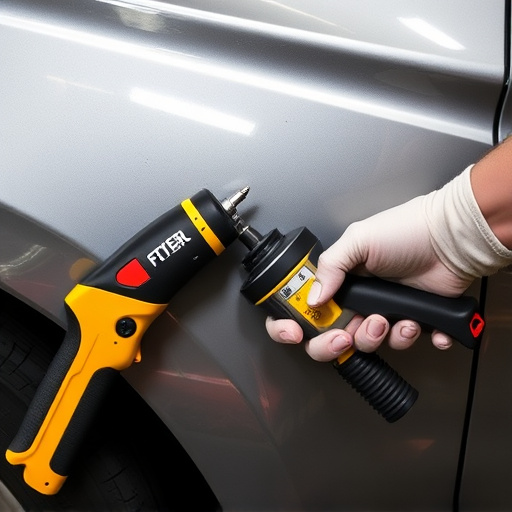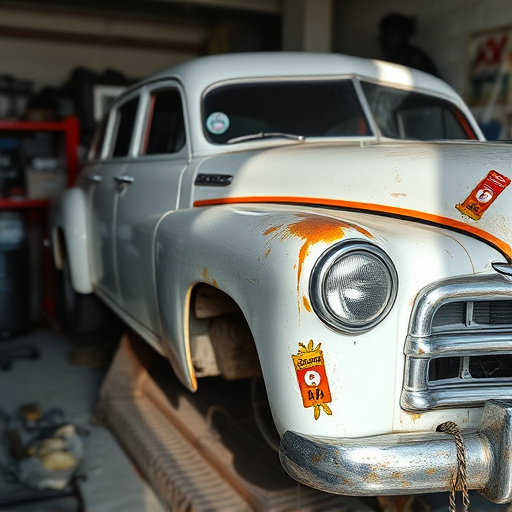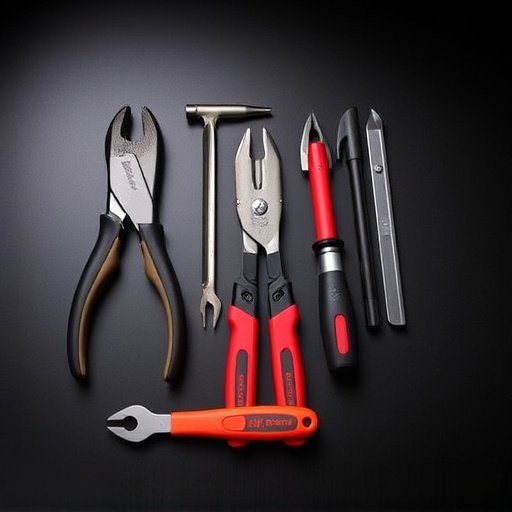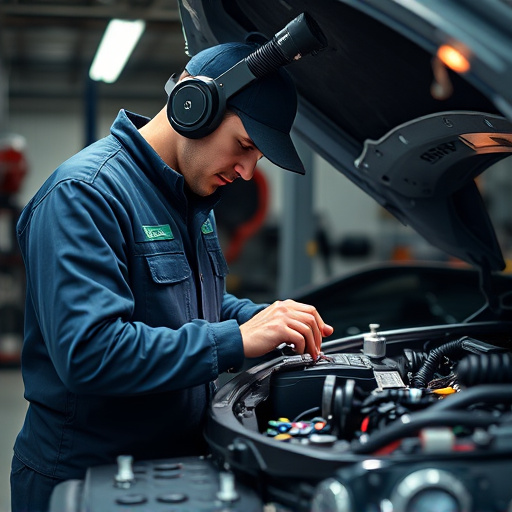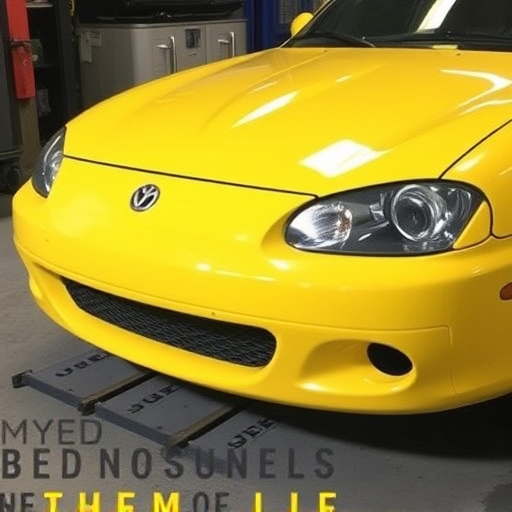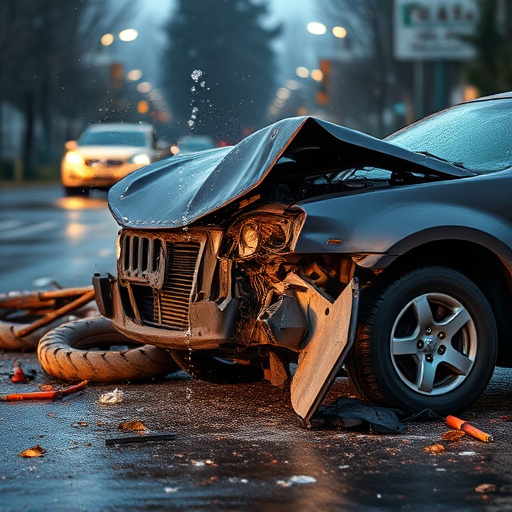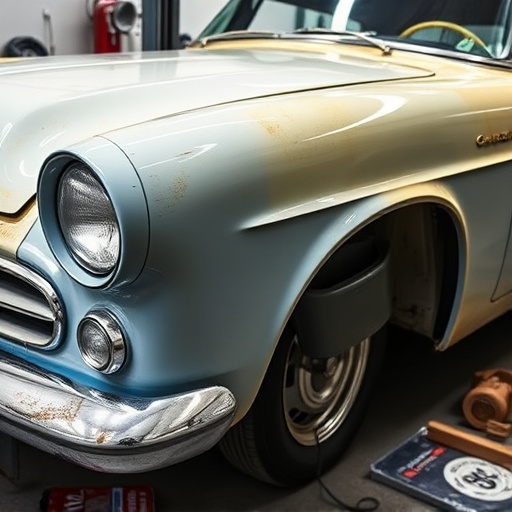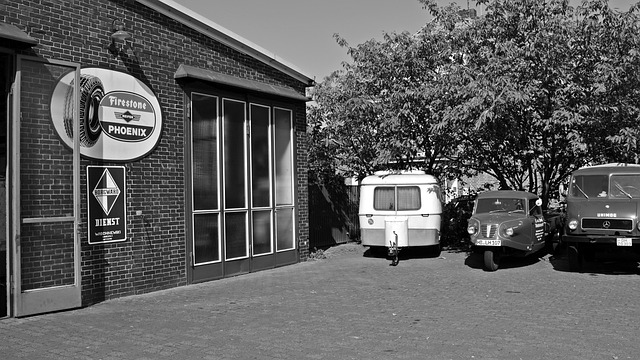Tempered glass installation strengthens vehicle safety by breaking into small pieces upon impact, reducing injury risk. Essential in crash tests, it enhances structural integrity and prevents sharp debris during collisions. This advanced treatment is crucial for modern automotive design, improving passenger protection and streamlining dent repair processes.
In today’s automotive industry, ensuring passenger safety is paramount. One crucial component in crash test protocols is the strategic deployment of tempered glass installation. This article delves into the essential role played by tempered glass installation in enhancing vehicle safety during high-impact scenarios. We explore the unique properties and benefits of tempered glass, understand standardized crash test protocols, and uncover how this innovation contributes to life-saving design.
- Understanding Tempered Glass: Properties and Benefits
- Crash Test Protocols: Standardized Safety Measures
- Enhancing Safety: The Impact of Tempered Glass Installation
Understanding Tempered Glass: Properties and Benefits
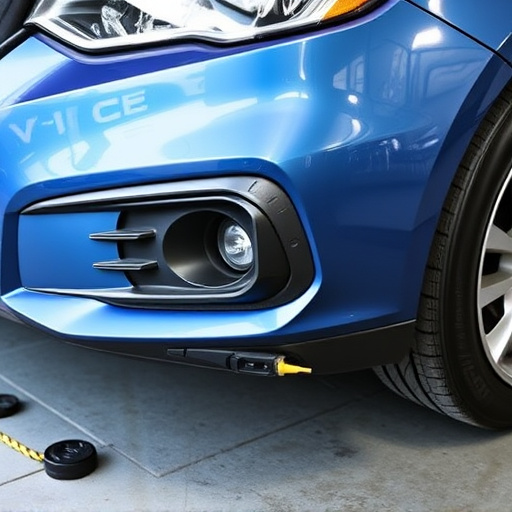
Tempered glass is a specialized material designed to withstand extreme forces and provide superior protection. Unlike standard glass, which can shatter into sharp pieces upon impact, tempered glass installation involves a precise heating and rapid cooling process that strengthens the glass fibers, making it up to five times stronger than regular glass. This enhanced durability is especially crucial in automotive applications, where it plays a vital role in crash tests.
When integrated into vehicle structures during hail damage repair or general auto repair shop procedures, tempered glass offers numerous benefits. Its superior strength and impact resistance significantly reduce the risk of penetration and potential injuries during accidents. Moreover, tempered glass is designed to break into small, non-shattering pieces if it does fail, minimizing the severity of potential secondary injuries. This makes it a preferred choice for vehicle body repair, ensuring both safety and structural integrity.
Crash Test Protocols: Standardized Safety Measures
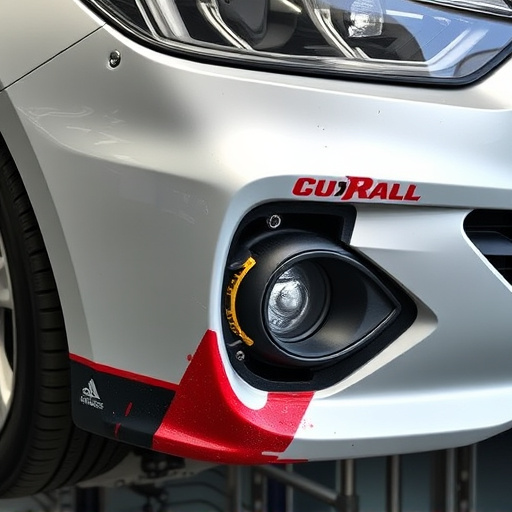
Crash tests are a critical component of vehicle safety development, ensuring that cars meet stringent protection standards for drivers and passengers. These tests involve subjecting vehicles to various impact scenarios, mimicking real-world collision situations. Standardized crash test protocols have been established worldwide, governed by organizations like the National Highway Traffic Safety Administration (NHTSA) in the US and Euro NCAP in Europe. These protocols dictate specific conditions, including speed, angle of impact, and measurement criteria for evaluating vehicle performance during a crash.
One vital aspect of these tests is the integration of tempered glass installation. Tempered glass is designed to withstand extreme forces without shattering into sharp fragments, which can cause severe injuries. During a collision, this specialized glass helps maintain structural integrity and prevents the spread of debris inside the vehicle cabin. The precision and quality of tempered glass installation play a significant role in enhancing overall vehicle safety, ensuring that occupants remain protected even in the event of a crash. This is particularly crucial during side-impact tests, where the force is concentrated on specific areas, demanding robust window solutions like tempered glass to minimize risks associated with auto painting and collision repair processes.
Enhancing Safety: The Impact of Tempered Glass Installation
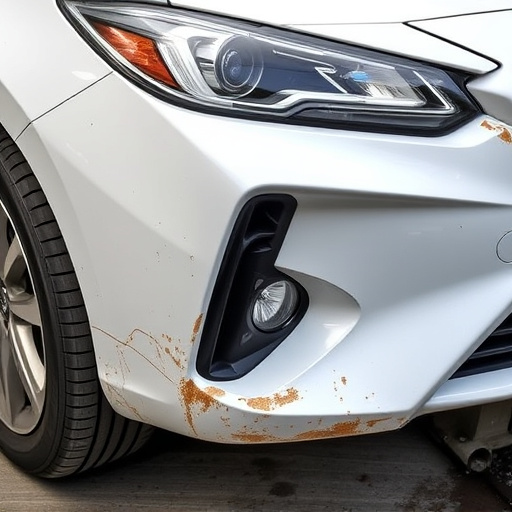
Tempered glass installation plays a pivotal role in enhancing safety features within vehicles, making it an indispensable component in modern automotive design and development. This advanced glass treatment is designed to withstand extreme forces during crash tests, ensuring passenger protection. When integrated into car structures, tempered glass significantly improves the overall structural integrity of a vehicle, acting as a crucial defense mechanism against potential impacts and collisions.
By utilizing tempered glass installation, collision centers can achieve superior results in automotive collision repair. The unique properties of tempered glass ensure that it shatters safely into small, non-sharp pieces upon impact, minimizing the risk of severe injuries to occupants. This feature is particularly valuable during high-speed accidents, where the potential for life-threatening scenarios is heightened. Thus, it not only contributes to better crash test outcomes but also offers long-term benefits in terms of passenger safety and car dent repair efficiency.
Tempered glass installation plays a pivotal role in enhancing vehicle safety during crash tests. Its unique properties, as discussed, offer superior strength and impact resistance, ensuring better protection for occupants. By adhering to standardized crash test protocols, manufacturers can ensure that every vehicle equipped with tempered glass installation meets stringent safety standards. This critical component contributes significantly to the overall safety of modern vehicles, providing peace of mind for drivers and passengers alike.
